The author is invited to one of the biggest mystery books festival of France: Quai du Polar
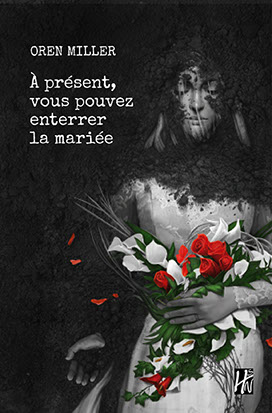 Hyppolite Bartoli is mad with grief. His daughter is found dead on her wedding day, burnt dead with her wedding gown left pristine. Not trusting for a second the local policemen, he asks two investigators known for their talent to resolve the most uncanny cases for help.
Hyppolite Bartoli is mad with grief. His daughter is found dead on her wedding day, burnt dead with her wedding gown left pristine. Not trusting for a second the local policemen, he asks two investigators known for their talent to resolve the most uncanny cases for help.
Soon enough, the mystery darkens and death takes its toll, varying the pleasure:
mass shooting, cannibalism, unexplainable fits of madness and poisoning... All of it feeding the craziest of leads and multiplying the least condemnable suspects of Monaco's good society.
Is the key to the case to be found within the highest circles... or merely under the veil of the bride?
Mystery
Adventures
Humor
Strong emotions Folklore
Unlikely duo
Release: March 2017
Format: 14x21cm
Paperbacks publishers interest:
A duo reminiscent of other mythical ones like Poirot & Hastings and Holmes & Watson
A growing community of followers
Series



Leading the reader behind Monaco's good society closed doors, Oren Miller brushes a scandalous portrait of seemingly untouchable people during summer 1952.
After having dived her two investigators deep into Brittany's folklore and myths in her book I lay dying greatly, thank you, she once again takes her sharpest pen to explore the most vicious parts of the human soul.

Author's introduction
Oren speaking about the book


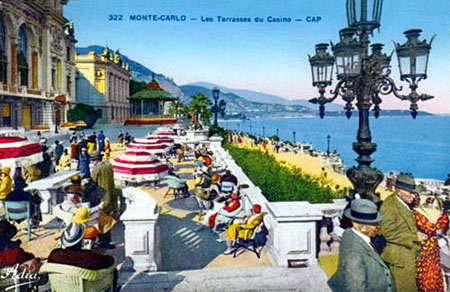
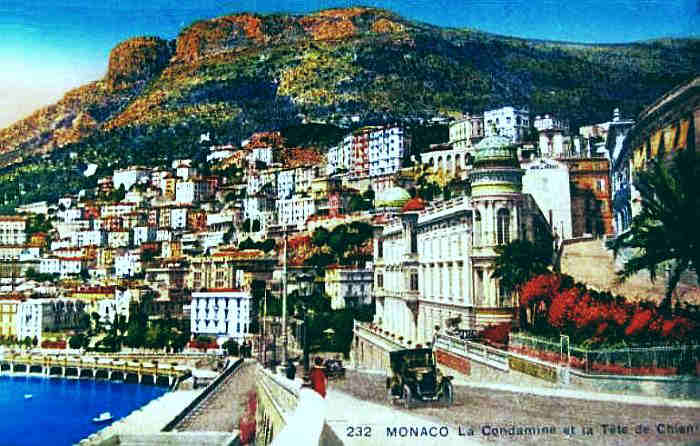

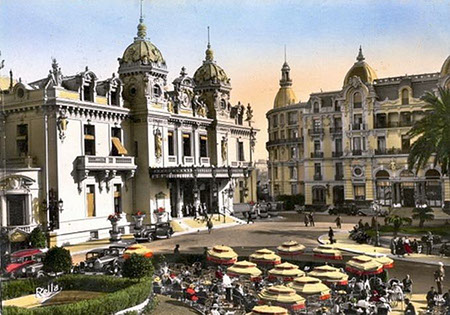

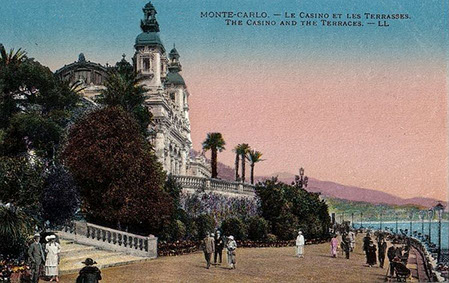


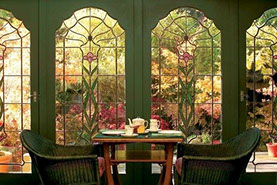
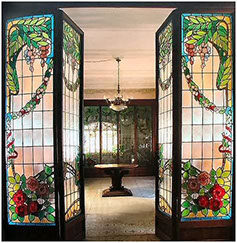
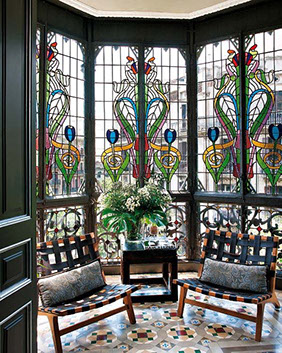
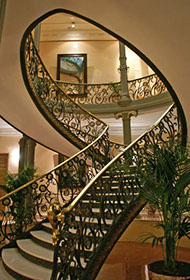




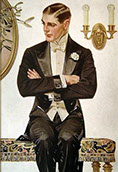
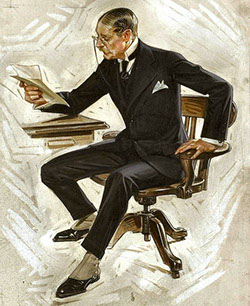




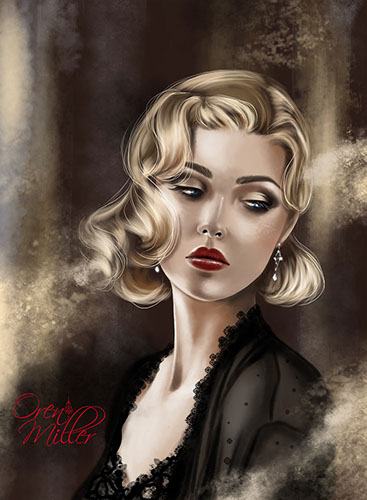
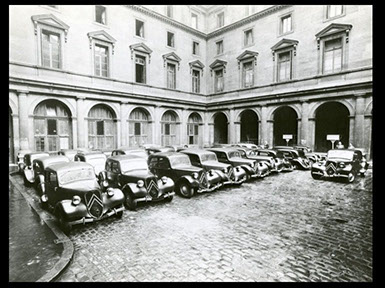














 NAME: Isabeau Le Du
NAME: Isabeau Le Du
AGE: 24
NATIONALITY: French
PLACE OF BIRTH: Unknown, abandoned in Saint-Malo
MARITAL STATUS: Single
OCCUPATION: Errand boy for an attorney in Rennes
Dreamer, enthusiast, ambitious. He compensates the trauma of his stay in an orphanage that prevented him to receive a good enough education by an unquenchable thirst for knowledge and adventure.
His dark thick hair, a bit long over the ears, would have needed a good trim and styling to be as fashionable as Isabeau had seen in magazines. He cheated and flattened it back under his newsboy cap. Naturally beardless, he looked like he was freshly shaved without actually having to do it. His white smooth skin, highlighted by a mole under the right eye and a dimple on the chin – which was too feminine for his taste – made him a real catch for the eye. For the occasion, he was dressed in his best clothes: light brown pleated pants and a white-as-possible shirt partly covered by a sleeveless ribbed sweater, which hid pretty suspenders. The overall impression was good if one didn’t spend much time on the details that gave away the wear of his shoes and the repeated patching-up of his clothes.
"
"
 NAME: Évariste Fauconnier
NAME: Évariste Fauconnier
AGE: 37
NATIONALITY: French
PLACE OF BIRTH: Congo
MARITAL STATUS: Widower
OCCUPATION: Notary
Absolute cynical, provocative, brilliant and condescending. He has a weakness for mysticism he however doesn’t admit.
Isabeau found himself nose to nose with a well lived thirty-years-old man, maybe even too well, as tall as him and with an elegance quite far from the idea of simplicity and discretion. Worst of all, he had swapped the usual top hat for a chocolate brown fedora.
— Mister Fauconnier? tried Isabeau with all the confidence he could summon, as it happened very little, Mister Evariste Fauconnier?
— That’s right, young man, answered the notary with a charming voice before taking the newspaper from Isabeau’s hands, so you are the favour my old friend Jacques owes me.
Isabeau nodded although he thought that actually speak his answer might have been more professional.
— What’s your name?
To introduce himself. Why didn’t he think about that one instead of being disappointed about the lack of top hat?
— Henri Le Du, he hastened to answer concerned with efficiency. The notary slightly moved his head. Everything on his face, right and symmetrical, revealed a willing and assertive character. Regarding his bright light eyes, the powerful spark that shone at each blink didn’t hide anything of his alertness.
"
"



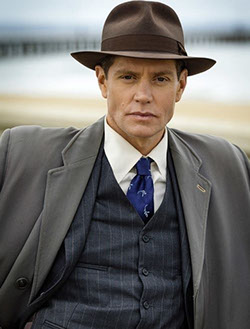





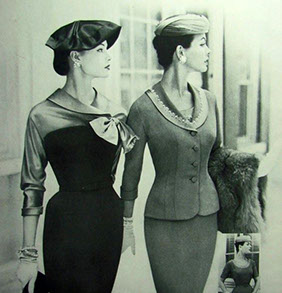





SPOILER ALERT - The following text reveals the entire plot and murderer.
Hyppolite Bartoli is the happiest man alive. On this bright day of June 1952, he marries his only daughter: Apolline. However, the day turns forbidding when the young bride is found burnt alive in the bridal suite.
Two private investigators, Evariste Fauconnier and Isabeau Le Du, are hired in emergency by the groom's father, Anatole Belanger, a tough businesman. Fearing for his son reputation, Adam, and his own, Anatole clearly hopes the two investigators will hasten the police work.
And he has good reasons, the case is clearly not ordinary. The circumstances of Apolline's death look disturbingly like a spontaneous combustion. Yet, the young woman was alone in a room locked from inside, with no access to the outside, and her dress shows no sign of burns. No detail seems to catch the eye, apart from a pair of old gloves, embroidered with the initials "OS".
While Fauconnier and his associate begin the investigation toward the circles closest to the young bride, the groom is arrested by the police for not having given a plausible alibi. The two detectives don't believe in his guilt and keep digging around Anatole Belanger's business, that appears the more fishy the more they look.
Adam confides in Evariste the reason why he couldn't tell his whereabouts at the time of his wife's death: he was in company of his mistress, a prostitute of dark complexion. However, he adds that Apolline was aware of his relationship, their marriage being more a kind of partnership than an act of love. Following the lead of the prostitute to confirm Adam's alibi, Fauconnier learns her death, half eaten by a prestigious client, the Secretary of State for War's son. The murders don't stop there, two other girls of the same network were found burnt alive and tortured.
The case becomes political when Fauconnier and Le Du notice that all the girls share a common client, a scientific from America who came to Europe to sell to the highest bidder a revolutionary invention regarding a new polymer, interesting the governments as well as firms. Spoiled with bribes, alcohol and girls from both sides, the man disappears before the sale. And what a surprise for the detectives when they discover that Anatole Belanger, Adam own father, and his associates are among the businessmen interested in the invention!
Fauconnier and Le Du are at a crossroad: on one side are the Caribbean and Corse mafias, on the other the French, the British and the German secret services. And they are more and more convinced that Apolline is only a collateral damage in an economical and martial war between governments and powerful companies. At the heart of the battle is the stupendous wealth Anatole Belanger built up in Martinique, thirty years before.
Other prostitutes die in peculiar circumstances as well as an associate of Belanger. In the shade of the luxury brothels' rooms, a singular rumor can be heard. A corrosive product used by the prostitutes of the Caribbean network would be the cause to tragic consequences to their own health and of their clients.
In this mess, Fauconnier and Le Du's only common thread is the Caribbean.
Then, an unexpected event makes the investigation take a sharp turn and confirms the only lead. Fauconnier receives a package from an unknown sender. Inside is a thirty years old pair of stilettos and a note designating it as the murder weapon. It appears that this kind of shoes were fashionable in the 1920's, and especially in Martinique...
This discovery convinces the two detectives that the answer must be there, therefore they set to join the island. Met on site by Adam, his mother Fidelia and his aunt Lydia, Evariste and Isabeau are soon after victims of an attempted murder. The culprit seems to have followed them. Thanks to the pair of shoes, Evariste understands that the case has more to do with a personal revenge than a struggle for power. Belanger's business reveals itself as much darker than meet the eye.
Thirty years ago, he and his friends, penniless but from good families, decided to use the local girls naiveté to build a prostitution network. From this money, they earned enough to found their first company. To make more benefits, they asked one of their contact, a brilliant biologist, to divert the effects of some drugs to create a balm making the skin soft and irresistible for anyone applying it. The prostitutes who used the product were unknowingly poisoning themselves. The first tests of the balm were disastrous. If the girls effectively appeared more attractive to their clients, the balm created skin lesions looking like burns. A lot of young islanders died disfigured or were victims of fits of madness. Their family having turned their backs on them, no one fought to investigate their deaths.
Digging deeper, Fauconnier and his sidekick discover the extend of the tragedy. After a few trials, the balm set and became effective. At the same time, Belanger and his associates left for Paris to set a new network, quickly called the Caribbean gang. Soon after, they almost had the monopole of the luxury prostitution. Thanks to this network, he was introduced to politicians and businessmen, earning precious informations regarding his own official business.
The two detectives understand that the original balm was used on Apolline and the prostitutes and that it was an act of revenge against Belanger. It is finally thanks to the shoes that the answer comes to Fauconnier. The pair of stilettos was owned by Adam's aunt, Lydia, who used to share her wardrobe and her shoes with her sister-in-law, Fidelia, who had the same shoe size. However, Evariste notices that there must be a mistake: Fidelia is not at all the same size. That is how he comes to understand that she is not the one she says she is.
Fidelia had a sister, Madeleine, who looked so much alike that, when they were little girls, they exchange their outfits, except the shoes, in mischief. One day, both sisters and Anatole, newly wed to Fidelia, had a terrible car accident. Officially, Madeleine died, Fidelia survived but was partially disfigured and Anatole badly enough hurt to suffer memory loss. Unofficially, it was the other way around: Fidelia died. Madeleine, disfigured enough associated with Anatole's memory loss was sufficient to make believe the story, except for one employee. Fed up in keeping the lie, she betrayed her mistress and sent the shoes to Fauconnier.
But why all this trouble? Our duet comes to understand when they investigate the deaths of the prostitutes of the island, especially one in particular. One Ombeline Sapotille, whose initials OS were embroidered on Apolline's gloves. They discover that before dying, she had found love, and with it, the power to leave the network. Everyone thought she had a lover, but her love was actually Madeleine. Mad with grief after her unexplainable death, Madeleine uncovers Belanger's maneuvering. Waiting for her revenge, she saw in the car accident a way to get to him, and infiltrate the life of a man it took her thirty years to destroy. The ignition being the loveless wedding of Adam, whom she rose like her own son.
This is at a ball given for the good old times by Lydia that Evariste reveals everything, missing from a hair a poisoning attempt from Madeleine.

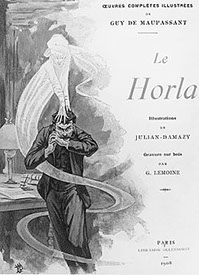
.jpg?crc=4070711473)

Monaco et ses villas
Les Pieds dans l’eau manor surged on the left. Just at the water's edge, the glamorous four story house façade showed soft pink colours, set ablaze by the setting sun. The architecture was definitely from the Belle Époque: oriel windows, stuccoed sculptures, colonnades and caryatids, everything was there and perfectly in place. Two years ago, Isabeau would have been impressed by the elegance of the domes and balconies, but after his stay at the Roches-Brunes, only a few residential palaces could move him.
When they parked, a maitre d' was already waiting for them. He let them in a huge hall, entirely covered by white marble with gray veins and peppered with tiny red tiles. Two consoles lacquered black, dark red and gold, as well as two emerald green Louis XIII chairs instantly hold the eye. A large staircase lead Isabeau and Evariste to the first floor in a living room ornate with polished floorboards and anise green walls doted with little orange blooms. Through the three French windows, one could glimpse the sea and palm trees, lazily brushed by a soft wind.
«
»
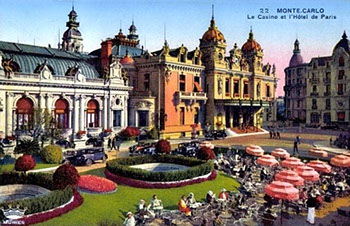


























The book
Gallery
Characters
Summary
References
Atmosphere



